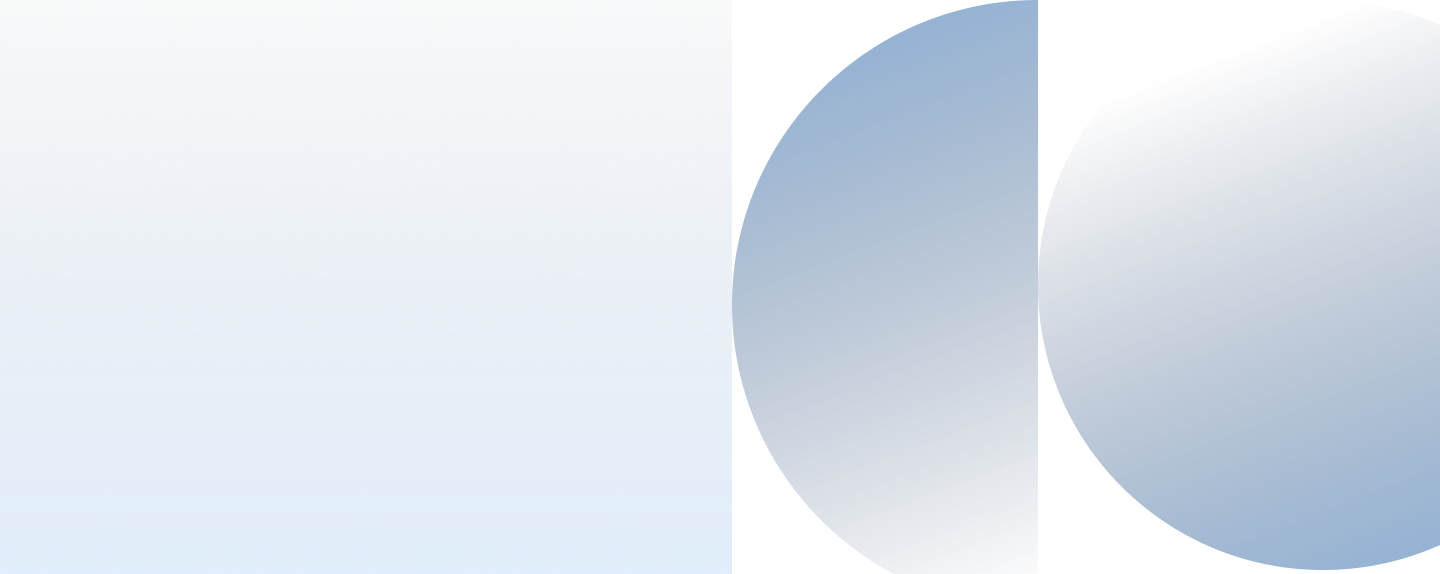
If you enrolled before the 2025/2026 academic year, consult the list of Programmes and Regulations available on your School website.
Mission and goals
The Bachelor of Science in Architectural Design aims at the formation of graduates mastering the theoretical fundamentals and the operational tools needed for designing architecture on its various scales, and paying attention to the conditions posed by the complexity of the transformation processes of the built environment.
The educational programme includes a wide disciplinary framework based on science, the humanities and arts, reflecting the wide spectrum of knowledge and skills required nowadays by an architect in order to adequately address the challenges, engaging him at an international level. Particularly relevant are the studies related to the disciplinary fields of history of architecture and art, representation and math, sociology, urban planning, architectural composition, architectural technology, building physics, statics and mechanics of materials and structures, historical building conservation, project evaluation. All the above mentioned fields are equally involved in the development of critical thinking skills as well as the mastery of techniques, needed for design activity.
Design training has a central role in the educational programme and it is based on a strong synergy between multidisciplinary studios and disciplinary courses: studios provide the methodological and operational skills required to conceive, represent and develop an architectural project, considering its construction implications; courses provide the basic knowledge supporting the design practice. Studios and courses are flanked by seminars, conferences, workshops, exhibitions and study trips, in order to allow the student to encounter the most significant professional and research contexts both, national and international.
The internship completes the educational cycle, as a fundamental link with the world of professionals, companies or public administration, according to the propensity and attitude of the student.
At the end of the curriculum, the graduates will have adequate knowledge of the fundamentals concerning methods and techniques of architectural and urban design, history of architecture, theories and tools of representation, structural and plant sizing, historical building conservation and diagnostics techniques, construction, technical as well as economic feasibility related to the transformation processes of the built environment.
The activities take place at Milano Leonardo, Mantova and Piacenza Campuses.
Career opportunities
The graduate in Architectural Design has career opportunities in public and private companies and institutions, professional firms and design companies for the following activities: collaboration in the design and construction management of building sites, including public works; direct and instrumental survey; design and work supervision concerning simple constructions, building maintenance and renovation. After passing the Professional Exam, the graduates in Architectural Design can be enrolled on the register of the Italian Association of Architects, Planners, Landscapers and Conservationists, Section B, Sector Architecture with the qualification of Junior Architect.
Possible further education
Graduates in Architectural Design have the necessary credits to apply for the Master of Science courses in Architecture. Master’s degree in these courses is valid in the EU Member States pursuant the Directive 85/384/CEE. At the Politecnico di Milano, the available Master of Science courses in this field are: Architecture - Built Environment - Interiors; Architecture and Urban Design; Building Architecture. At the Politecnico di Milano graduates can also accede to Master of Science courses in Building and Architectural Engineering and in Management of Built Environment and with possible integration of credits to Master of Science courses in Landscape architecture. Land Landscape Heritage and in Urban Planning and Policy Design.
More info
The following information relate to the current academic year for your reference
Programme website:
http://www.progettazionedellarchitettura.polimi.it/en/
#ASKASTUDENT
Know more about the programme through a current student’s experience. Book your online one-to-one meeting through #Askastudent – Our voice for your choice project.
